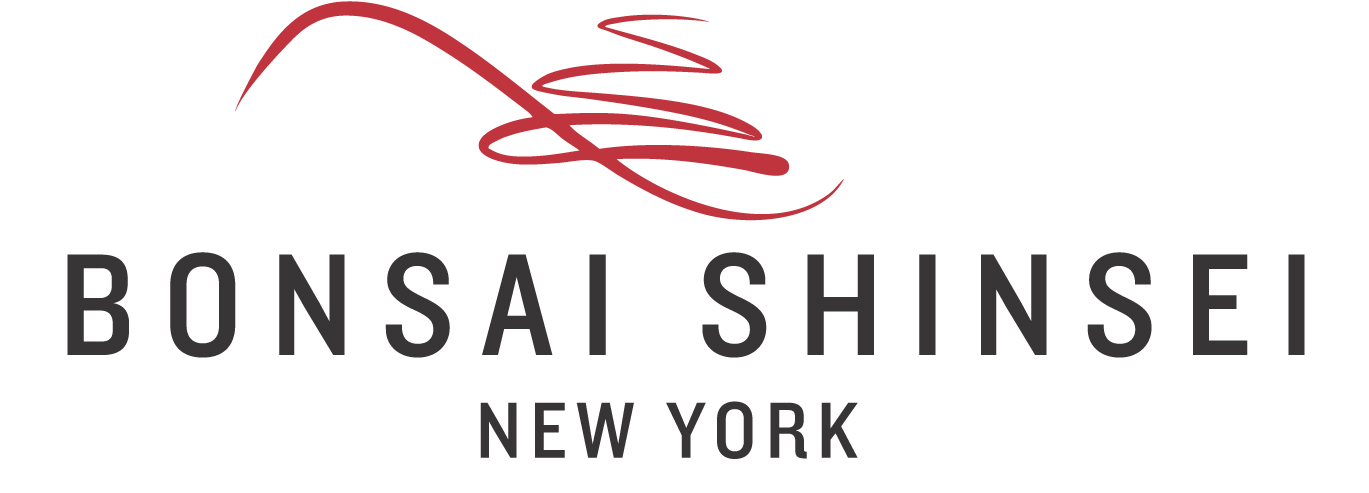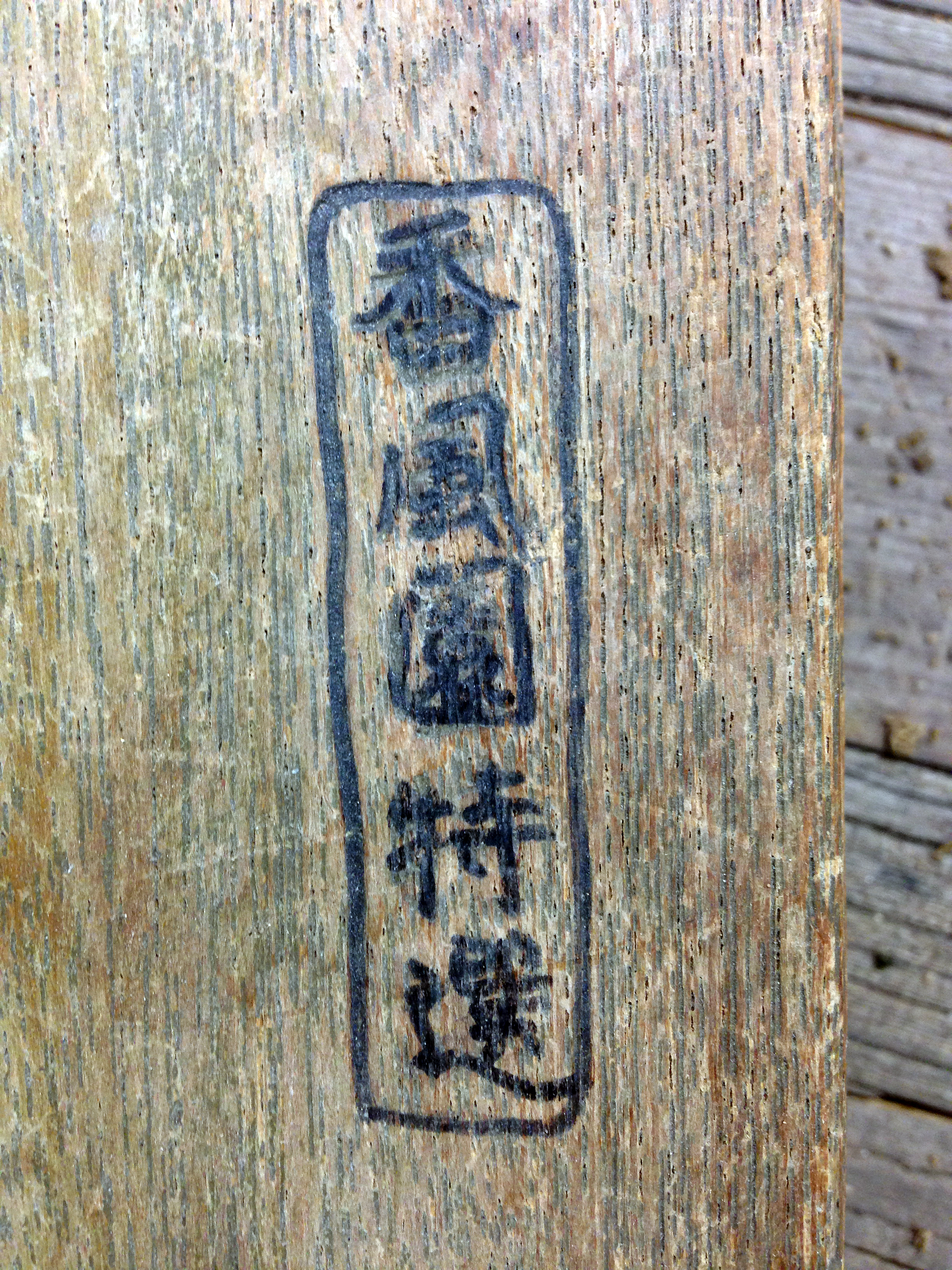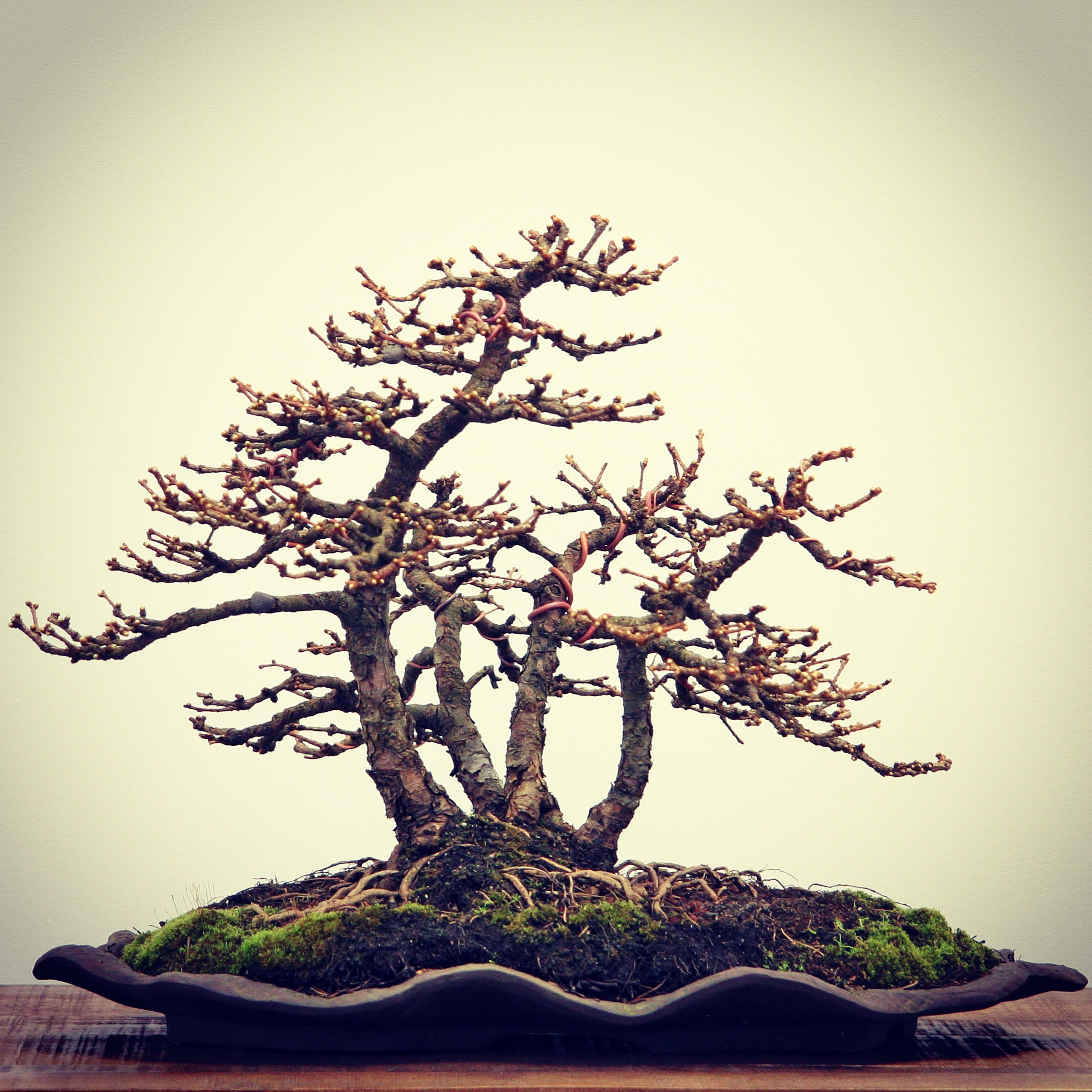Last Spring I couldn't resist buying one of the great coastal redwoods the Shimons are collecting out West. Not having the right winter conditions for the species (yet), I had the brilliant idea to keep the tree in Michael Feduccia's garden in Florida.
Michael is Ryan Neil's most accomplished student and a great guy to support. I styled the tree, paid for a year of care and Michael took it home for me.
Last week he removed the wire and rewired the little monster for me. What a great job. Hope to find a pot for it before next spring. The ultimate goal is to show the tree at Epcot with the wonderful bonsai people of Florida.
This concept of keeping trees in a professional's garden and having them prepare trees for exhibitions is a traditional one in Japan. It works well for both the professionals who need to earn a living, and the customer who gets a great looking exhibit. I look forward to participating in it as both a customer and a professional.
Thanks for the great care Michael!
PS: There's a link to Michael's nursery on my Friends of BSNY page.

















































